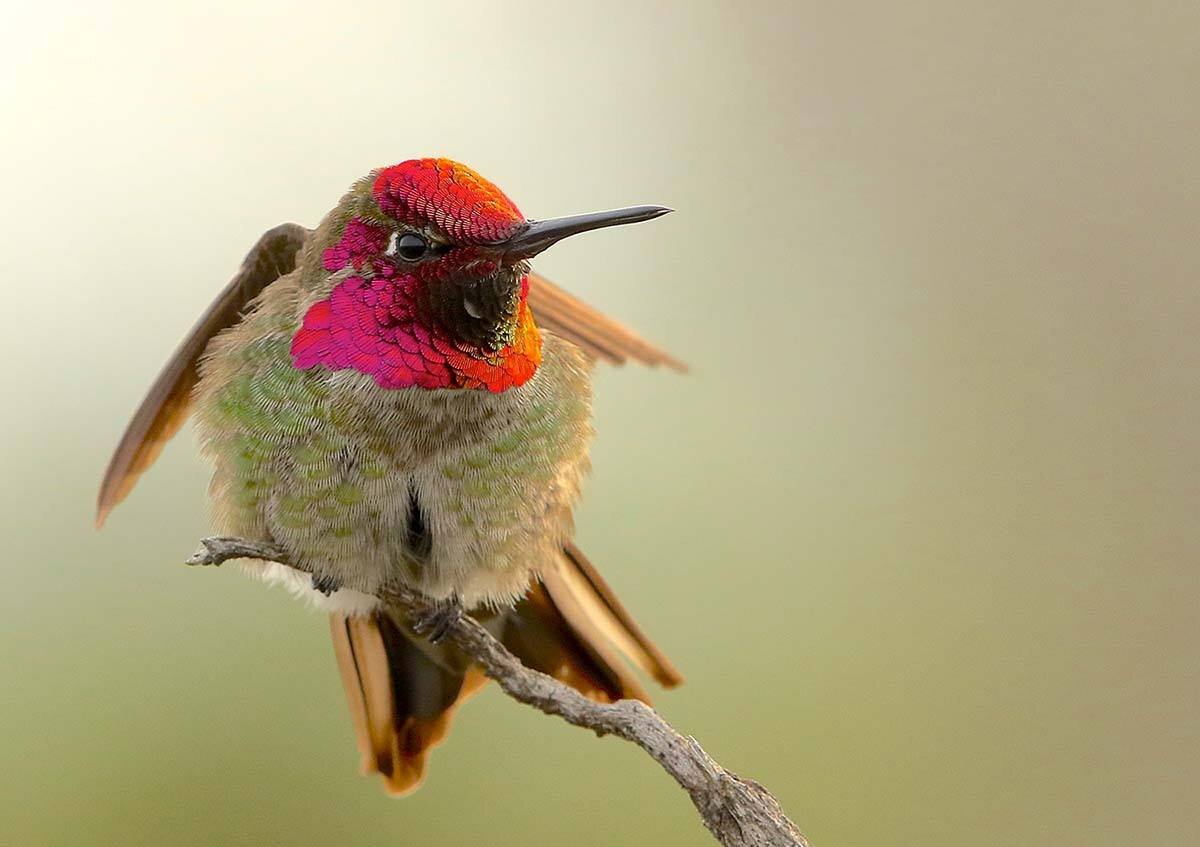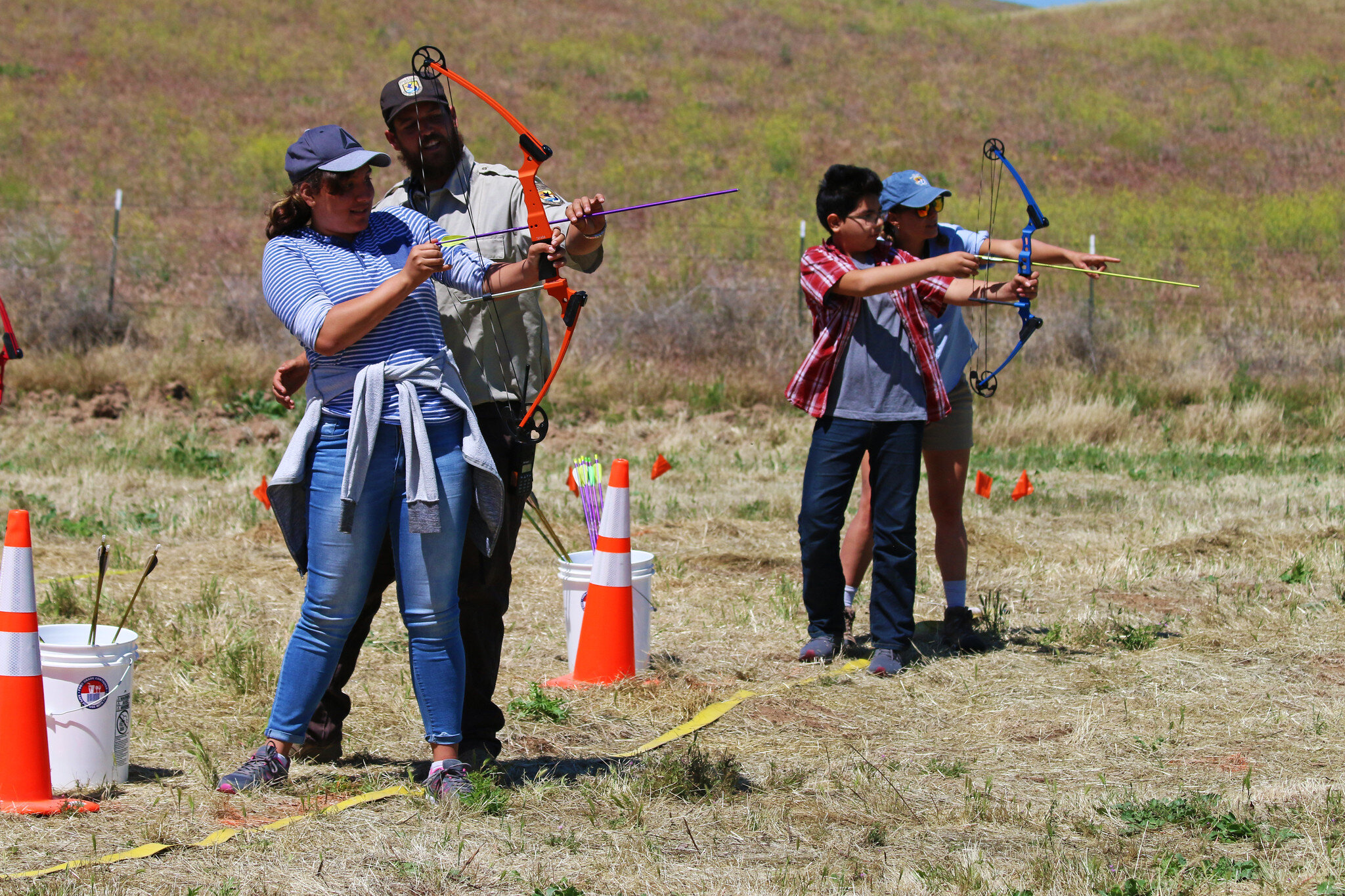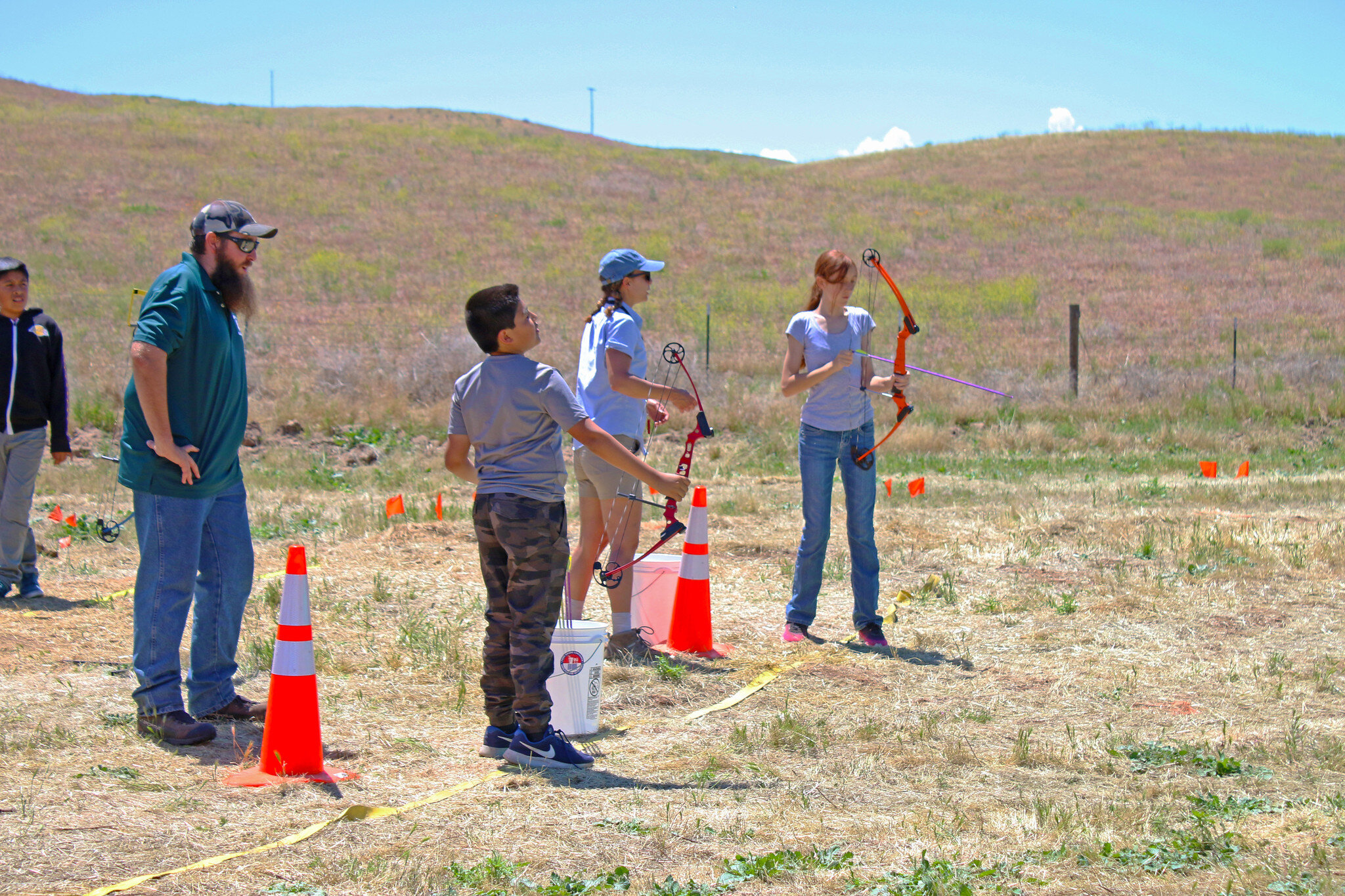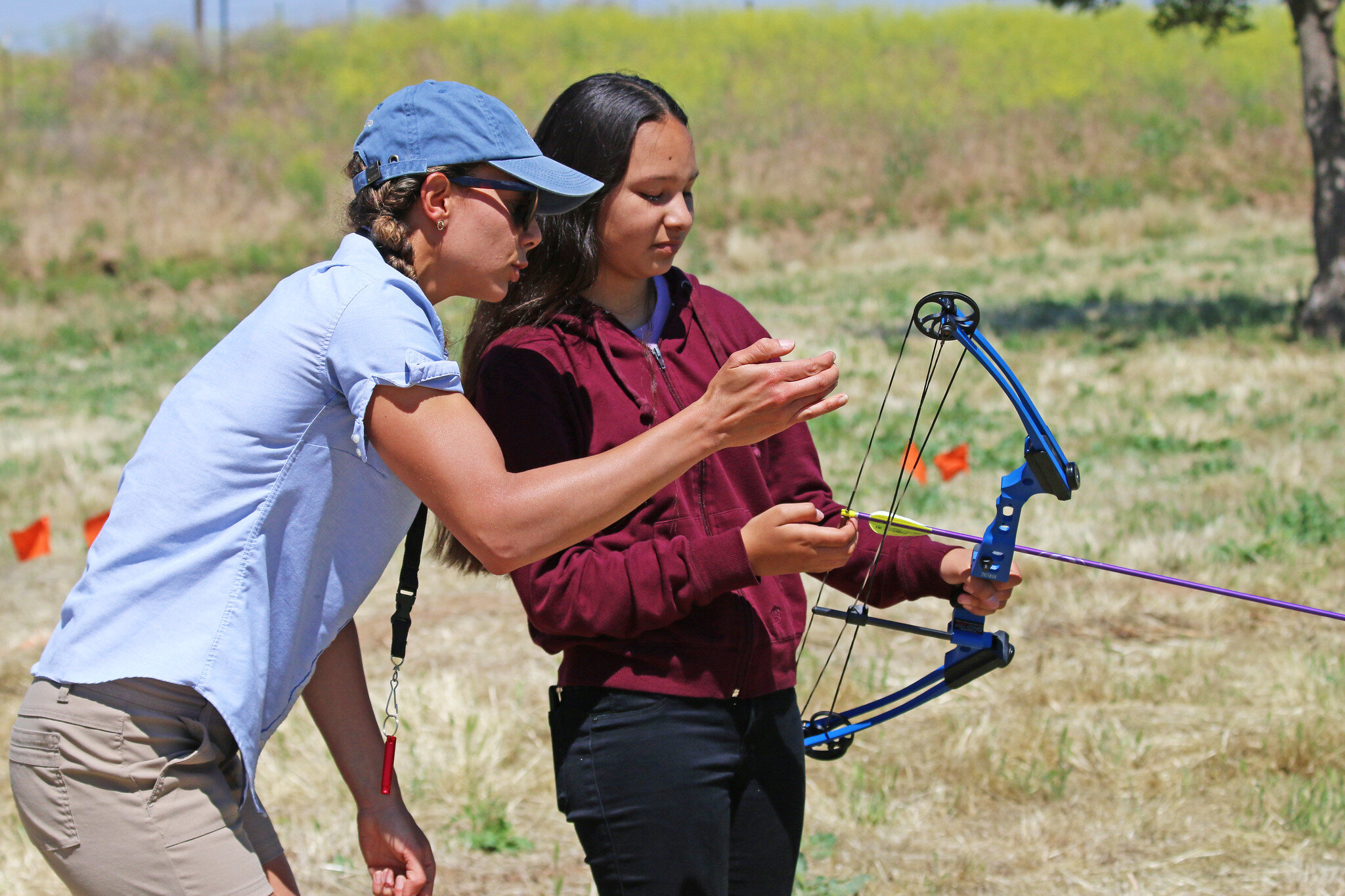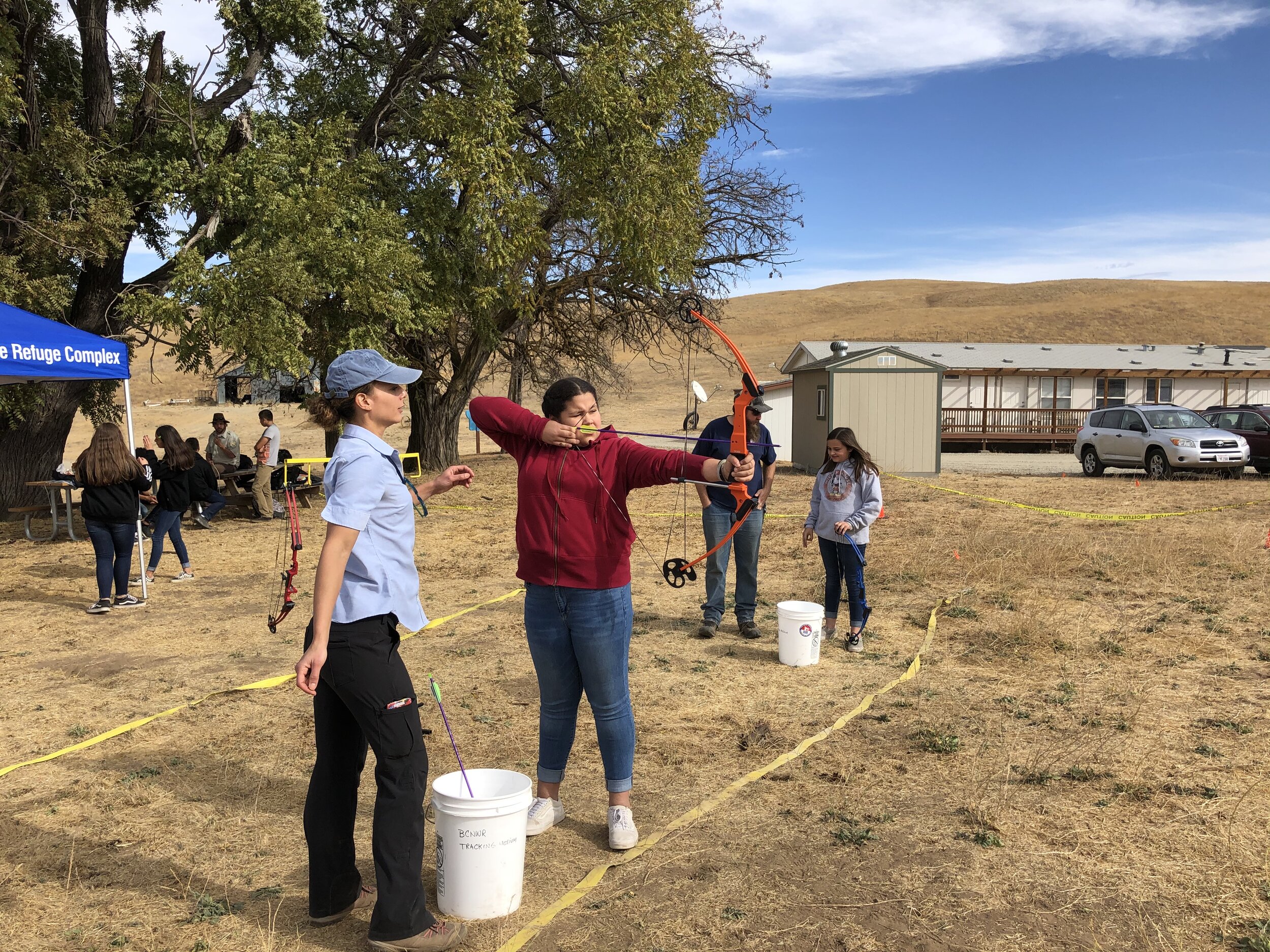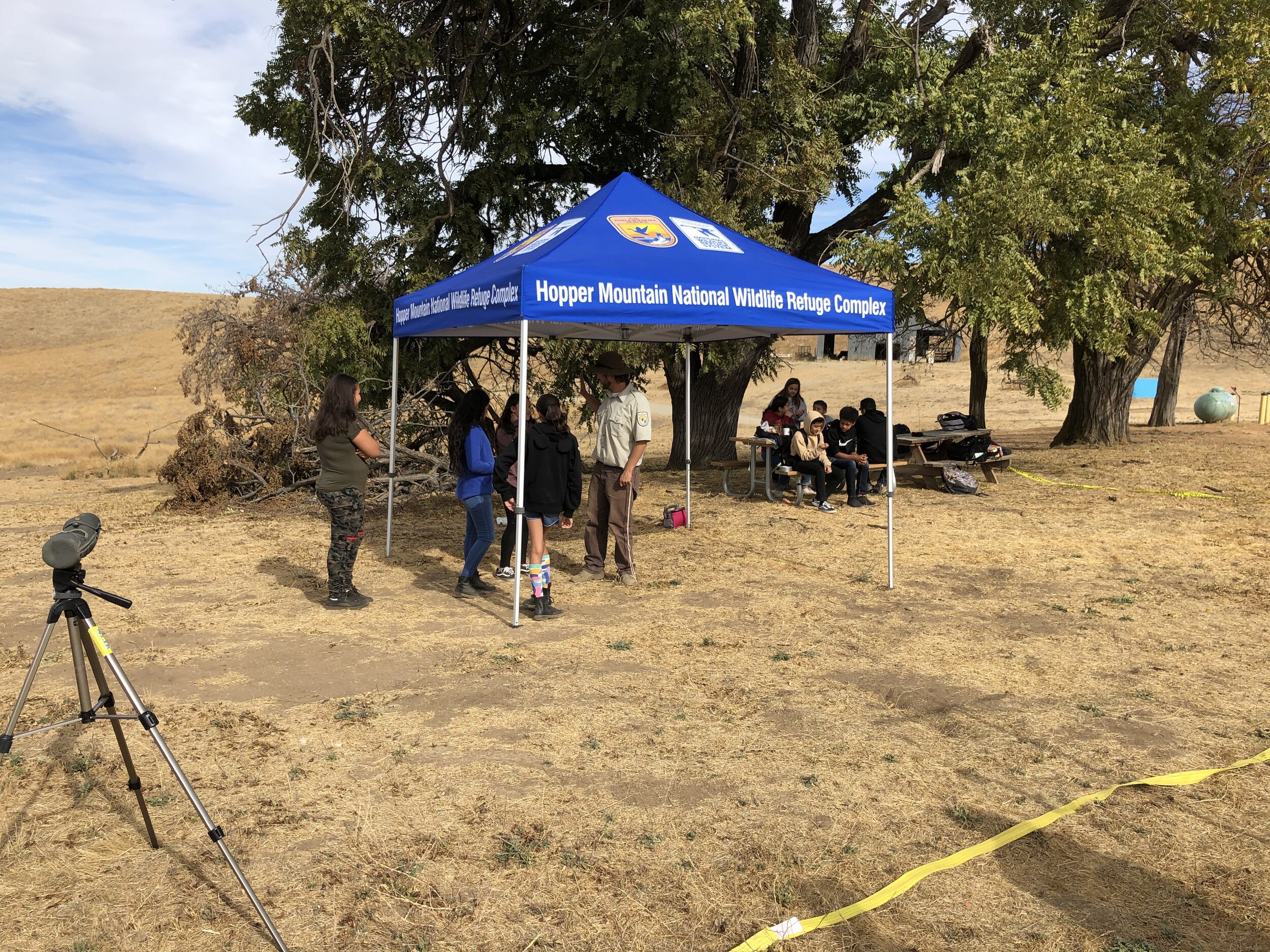Mountain biker on trail in San Diego National Wildlife Refuge by USFWS
From San Diego to Ventura, SoCal Urban Wildlife Refuge Project partners are getting people outside by offering dozens of different activities.
In southern California, the predictable and pleasant weather in the region’s micro-climates means people can get outside for most of the year. It’s not unusual to see scores of surfers off the coast and hikers in shorts and t-shirts tackling the canyon trails around Los Angeles in winter, and those who want to indulge in sports like skiing and snowboarding only have to drive an hour to be surrounded by fresh powder and pine trees.
While weather isn’t much of a barrier to getting outside, access and transportation can be. Within the SoCal Urban Wildlife Refuge Project, several partners offer recreational experiences to under-resourced communities. Ocean Connectors not only provides an environmental education curriculum, they also take students on kayak tours of the San Diego Bay. Outdoor Outreach gets kids outside through instruction in surfing, cycling, hiking, and even rock climbing.
A vibrant male Anna's hummingbird at San Diego National Wildlife Refuge by NANPA Scholars for USFWS
In 2019, archery was added to the quiver of activities available to students participating in field trips from schools in Ventura and Fillmore to Bitter Creek National Wildlife Refuge, home of the California Condor Recovery Program. It was also a featured activity in San Diego, where an archery station was set up for a National Urban Wildlife Refuge Day event.
Over the course of two days in June, 100 students traveled by bus to the refuge, which is situated in the hills south of Bakersfield, CA. Most of them had participated in the CondorKids curriculum, which educates students about conservation by teaching the story of the endangered bird and the long process of helping their numbers recover in the wild. At the refuge, students took part in nature hikes, learned how to track birds through telemetry, observed biologists working with condors, and many of them had their first experience shooting a bow and arrow.
Learning about archery at Bitter Creek National Wildlife Refuge by Angie Horn / Refuge Association
“These field days are incredible,” said Daniel Cook, Park Ranger at Hopper Mountain National Wildlife Refuge Complex. “It is so much more than seeing condors and learning about recovery methods. Students are given the opportunity to experience the full gambit of environmental engagement, from recreation and hunting to conservation and stewardship. We get nothing but smiles all day.”
So how does archery fit into conservation?
California condor #87 flies above mountains below by USFWS
In relation to California condors, it could mean the difference between life and death. One of the biggest threats to the iconic bird is lead poisoning, which occurs when a condor ingests it from carcasses that were shot with lead bullets. Project leaders and partners have undertaken an outreach effort to educate hunters about non-lead hunting methods, and teaching archery is a way of educating potential future hunters about the importance of conservation and good stewardship.
But even if they don’t intend to hunt, archery is a great outdoor activity on its own. Not only is it one of the earliest technologies developed by humans to better hunt prey and defend themselves, it’s statistically one of the safest recreational activities one can participate in. It’s also very accessible; with basic equipment, almost anyone can do it.
“Kids and adults go from never having held a bow and arrow, to hitting the target after minimal instruction. Their eyes light up as if to say ‘Oh, I can do this!’ and then they’re eager to get back in line for another round,” said Angie Horn, SoCal Regional Refuge Partnership Specialist. “Once they get into the groove, it’s almost instinctual, and their confidence gets a huge boost.”
In November, 50 more students traveled to the refuge for a similar field experience. While the weather was cooler, archery remained the biggest draw of the day for most of the students. Even the teachers got into it, trying their hand at hitting a bullseye. Several of them are now determined to bring archery into their schools so more students can experience the sport.
“It’s great if people keep doing things they experience at a wildlife refuge. That’s the point of all these activities, that kids and adults want to fish and shoot and hike on their own,” said Horn, a hobbyist archer and certified instructor. “It makes me happy to think that someone might pick up archery, and they’ll link it back to something they did at a national wildlife refuge. That’s the kind of lasting impact we’re looking for, that the urban program can provide for people.”



